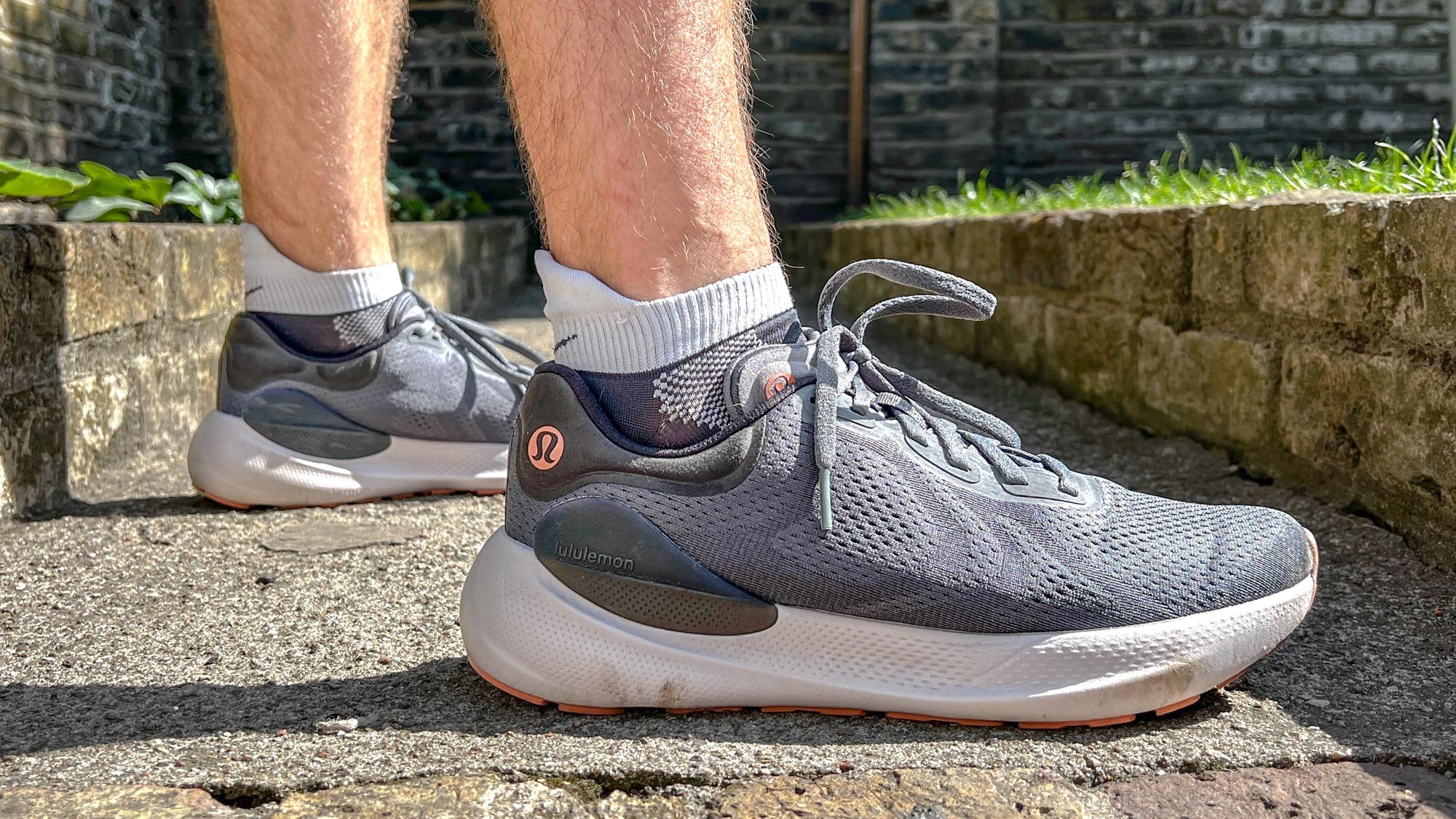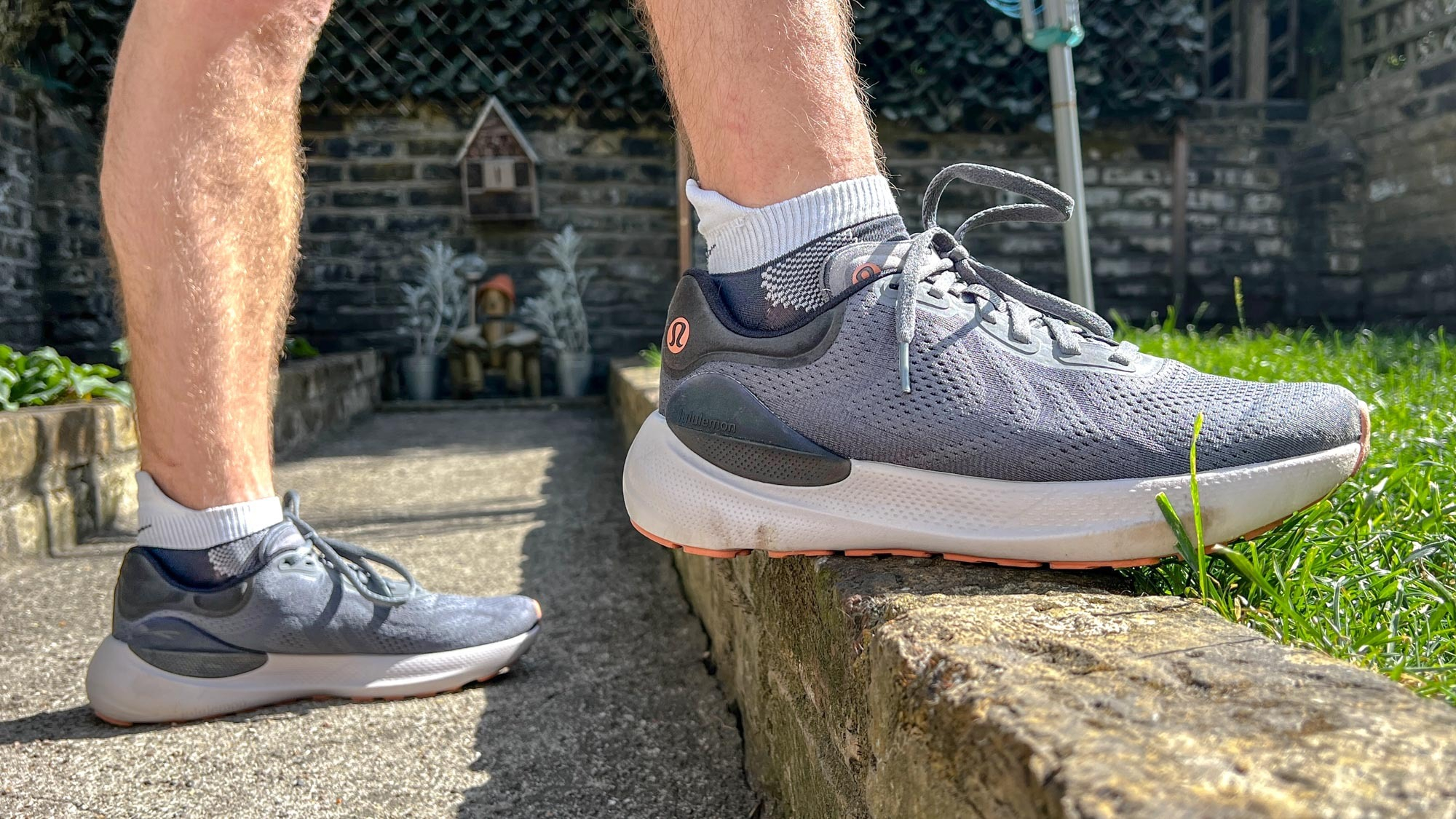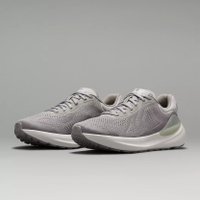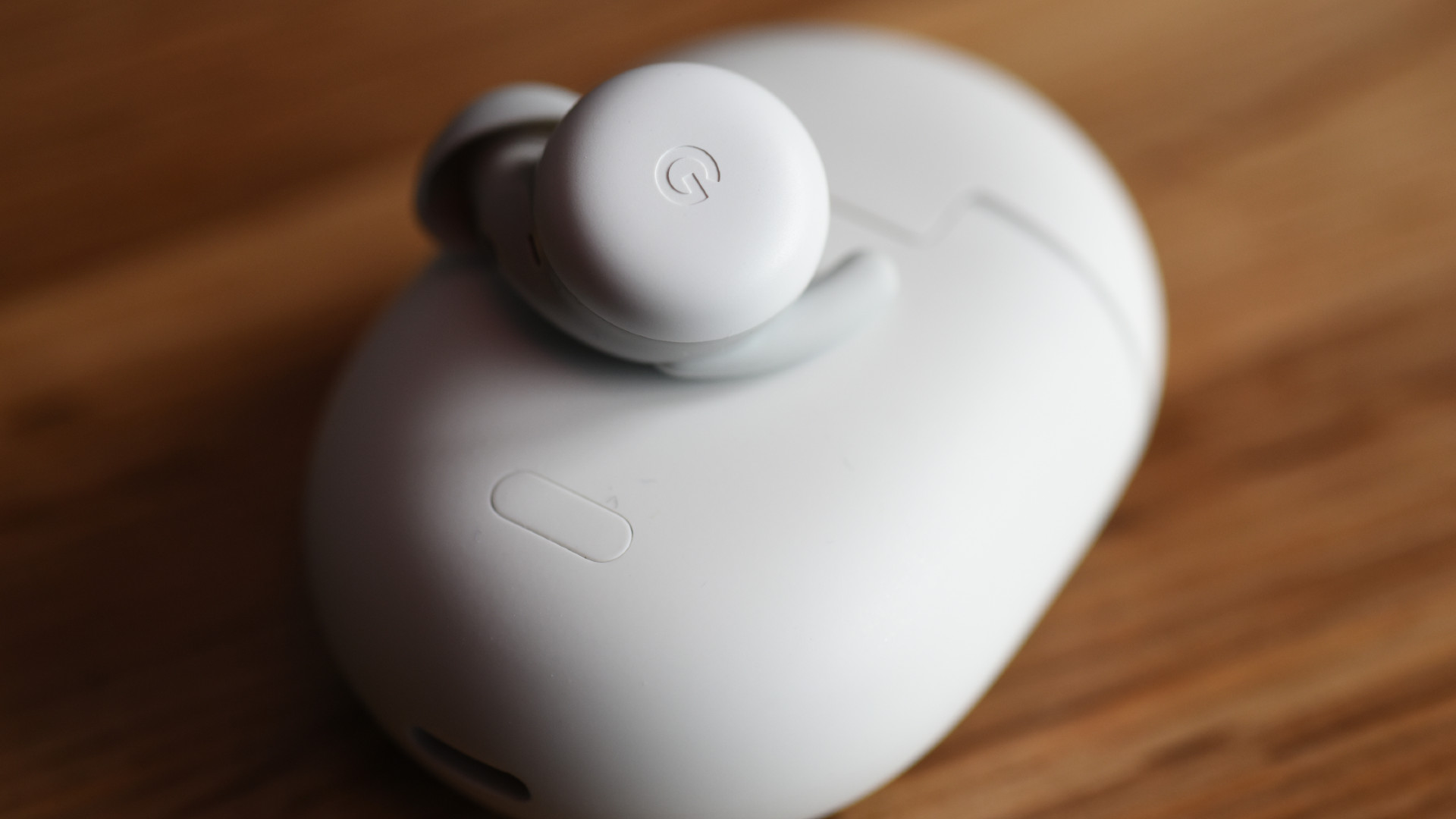I ditched my New Balance shoes for the Lululemon Beyondfeel to work out for a week — here's what happened
Running shoes that double up as cross training shoes

Some shoes are clearly designed for running. Elevated heels, large foam midsoles, and rockers all help to propel your feet forward. But where's the boundary between a running shoe and a general workout trainer?
The best cross training shoes are pretty versatile, allowing you to do a bit of everything, but there's not an official definition of what is and isn't a cross training shoe as it really depends on what you hope to do in them.
Which brings us to the Lululemon Beyondfeel running shoes. I'm not really a runner. I occasionally head out for a jog, but I prefer stepping out for a walk each morning and then doing strength training workouts at home.
So when I had the opportunity to try the Beyondfeel running shoes, I figured it'd be a good test to see if these trainers, designed for runners, could also accommodate high-intensity workouts at home.
I spent a week with them on my feet for every strength training and HIIT workout, and I was surprised how well they fared. It wasn't all smooth sailing, but after the seven-day trial, I started to reach for them over my trusty New Balance.
Lululemon Beyondfeel running shoes: $158 @ Lululemon
These shoes are designed with runners in mind, with a mesh upper to keep your feet cool, cushioned midsole, and a 10mm heel-to-toe drop. They weigh 307g and the outsole design "mirrors a man's natural footstrike for a smooth ride." I tested the men's version, but there's a women's edition available in six colors for $158 too.
They were incredibly comfortable
I hadn't really noticed until I slipped the Beyondfeel on, but my New Balance shoes are pretty worn. I've had them several years, and started wearing them to do yard work and various other household chores — they've definitely seen better days.
But it's not just the aesthetics that have changed. The sole has worn away so there's little traction and the foam just isn't as soft anymore. So when I put the Lululemon shoes on, it was like stepping on a cloud.
They're soft, but not spongey so that you sink into them. The tongue is comfortable and not too wide, so you can tighten the laces without compressing the top of your foot. Plus, my joint hypermobility means I usually place a lot of weight in my heels, but the back of the shoe is supportive enough for this without any discomfort.
Any while you might associate brands like Hoka, Saucony and Brooks more with running, the Lululemon shoes have the same 10mm drop found on our current best men's running shoe (the Nike Air Zoom Pegasus 41) and only weigh 10g more, so it's not like they're a cumbersome load on your feet.
The outsole can get in the way

While they were pretty comfortable to train in, there was one downside to using these running shoes for cross training; the outsole. Lululemon makes it pretty clear this is designed for running, noting that the "strategically-placed outsole groove mirrors a man's natural footstrike for a smooth ride."
So it's not a surprise that the sole gets in the way a bit during high-intensity workouts. While standing tall working out with adjustable dumbbells, they were supportive enough to keep my posture correct, but that wasn't always the case, especially during fast-paced moves like burpees and mountain climbers.
During these exercises, your feet move fast and you often move your weight around on your foot. So where the sole of the shoes extends a bit past the foot enclosure, it would occasionally scrape along the floor and cause some resistance.
It wasn't the worst problem to have, but as I was exercising outside on a hard floor, it'd leave visible scrapes on the side of the shoe. Of course, you could mitigate this by rolling out a yoga mat, but I (lazily) usually don't bother, which is on me, really.
But it does highlight that the side of the Beyondfeel shoes isn't as durable as the bottom of the sole, which makes sense given that, like the best running shoes, Lululemon designed these based on your feet striking the ground rather than the multi-directional movement you do in non-running activities.
They're great for mid-load weight training
If you're looking for a shoe to wear during intense strength training sessions with heavy loads, you need something a bit flatter to distribute the weight evenly and avoid ankle instability, like Vivobarefoot Primus Lite III.
But given that I mostly do high-intensity resistance training (HIRT) workouts with loads well below my one-rep max (the heaviest weight you can lift with proper form for a single repetition), this wasn't so much a concern for me.
As you don't sink into the shoe (as you can with some running shoes with a lot of midsole foam), my weight stayed balanced and I didn't feel any lower body instability, allowing me to lift dumbbells and kettlebells with good form.
If you've been looking for a versatile running shoe that you can use for light runs and cross training workouts, I found them to be ideal, handily replacing my worn out New Balance trainers. Of course, it's hard to tell for sure until they're actually on your feet.
Interestingly, Lululemon offers a 30-day trial of the Beyondfeel if you buy them through their store. So you have a month to give them a whirl and return for a full refund if they don't suit your training — and you can return them in any condition, so you properly put them through their paces before you decide.
More from Tom's Guide
Get instant access to breaking news, the hottest reviews, great deals and helpful tips.

James is Tom's Guide's Buying Guide Editor, overseeing the site's buying advice. He was previously Fitness Editor, covering strength training workouts, cardio exercise, and accessible ways to improve your health and wellbeing.His first job at as a sales assistant in a department store, and this is where James learned how important it is to help people make purchasing decisions that are right for their needs, whether that's a fountain pen to give as a gift or a new fridge for their kitchen.
James is an advocate for sustainability and reparability, and focuses his reviews and advice through that lens to offer objective insights as to whether a specific product or service will be right for your needs.

